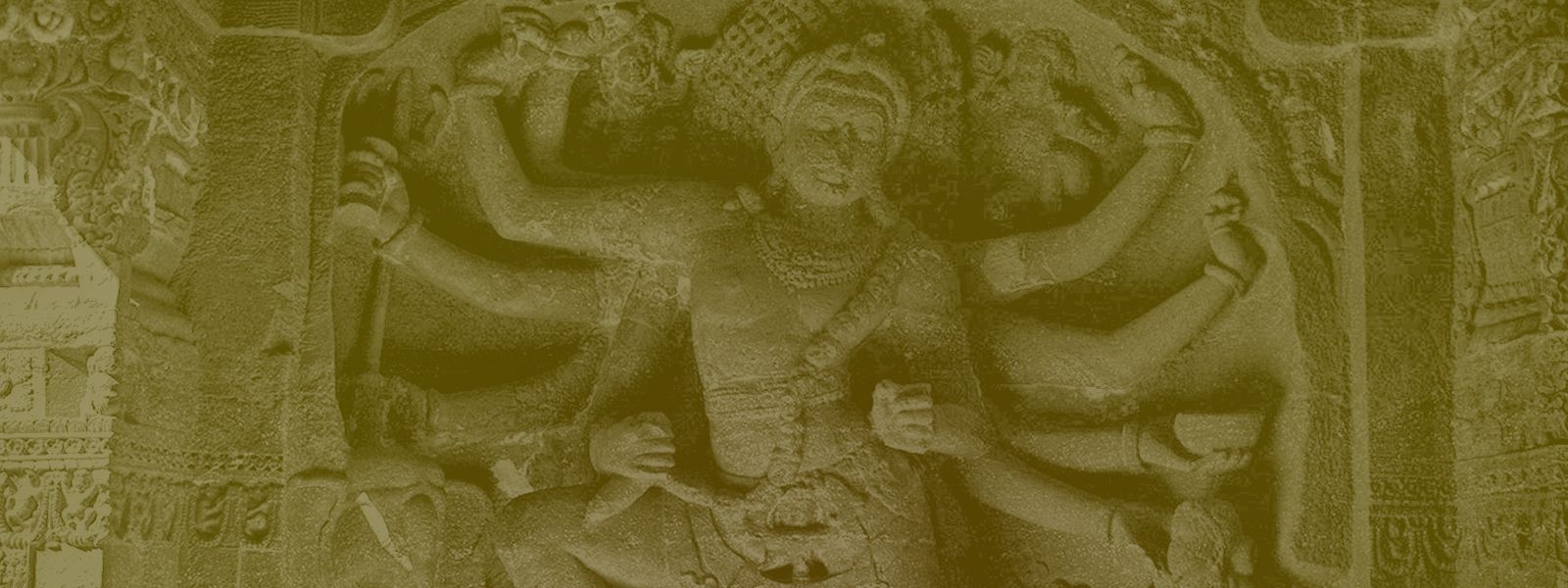Across the world, a select number of sites and practices are internationally recognized by UNESCO to be of universal significance. In other words, these are spaces and traditions that exhibit such deep knowledge and creativity that they ought to be protected not just for a few communities or a nation, but for all of humanity. UNESCO states, "World Heritage sites belong to all the peoples of the world, irrespective of the territory on which they are located.
As of July 2024, out of 1,223 sites spread across 168 countries, inscribed by UNESCO on its World Heritage List, 34 cultural sites, 7 natural, and 1 mixed heritage site are located in India. In addition, 15 traditional practices from India feature on UNESCO’s Representative List of the Intangible Cultural Heritage of Humanity.
Sahapedia has chosen these sites and intangible heritage practices as one focus area for extensive documentation. For this, Sahapedia partnered with the Archaeological Survey of India (ASI) to develop unique resources on the Taj Mahal and the Chola Temples and received financial support from the Jamnalal Bajaj Foundation to document the world heritage sites from Maharashtra. Among intangible heritage practices, Sahapedia has made a beginning with documenting yoga, in collaboration with the School of Oriental and African Studies (SOAS), Kutiyattam, Chhau dance and Ramlila.
Explore India’s contribution to world heritage!
World Heritage - Cultural Sites
-
Qutb Minar and its Monuments, Delhi
-
Archaeological Site of Nalanda Mahavihara at Nalanda, Bihar - an image gallery
World Heritage - Natural Sites











